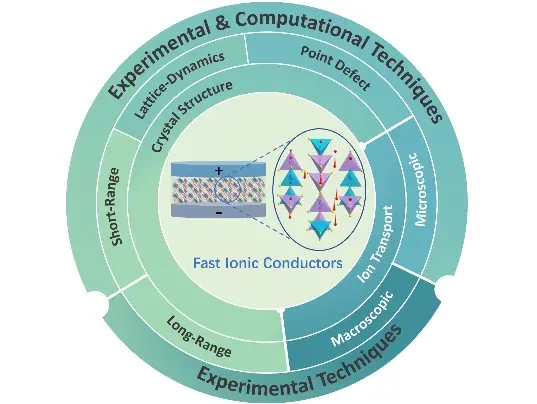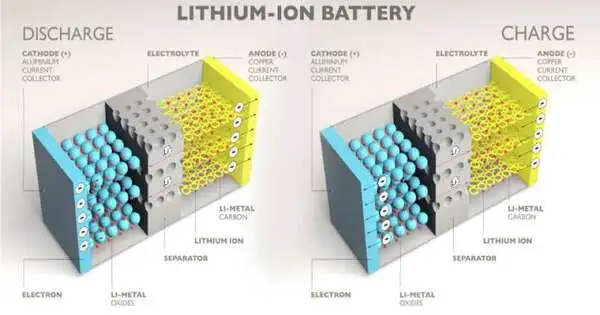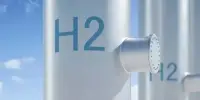Researchers discovered a solid substance that rapidly conducts lithium ions. The novel material, which is composed of non-toxic earth-abundant elements, has sufficient Li ion conductivity to replace the liquid electrolytes used in existing Li-ion battery technology, thereby boosting safety and energy capacity. The researchers produced the material in the lab, analyzed its structure, and tested it in a battery cell.
One of materials science’s big challenges is to design and find new materials that satisfy global goals like Net Zero.
Researchers at the University of Liverpool discovered a solid substance that swiftly conducts lithium ions, according to an article published in the journal Science. Such lithium electrolytes are critical components of rechargeable batteries that power electric automobiles and other modern gadgets.
This discovery study work demonstrates that AI and computers deployed by specialists can address the complicated problem of real-world materials discovery, in which we seek meaningful alterations in composition and structure whose impact on attributes is appraised based on comprehension.
Professor Matt Rosseinsky
The novel material, which is composed of non-toxic earth-abundant elements, has sufficient Li ion conductivity to replace the liquid electrolytes used in existing Li-ion battery technology, thereby boosting safety and energy capacity.
Using a revolutionary scientific approach to design the material, the University’s interdisciplinary research team synthesized it in the lab, identified its structure (the arrangement of atoms in space), and showed it in a battery cell.
The new material is one of a very small number of solid materials that achieve Li ion conductivity high enough to replace liquid electrolytes and operates in a new way because of its structure. Its discovery was achieved through a collaborative computational and experimental workflow that used AI and physics-based calculations to support decisions made by chemistry experts at the University.
The new material provides a platform for the optimization of chemistry to further enhance the properties of the material itself, and to identify other materials based on the new understanding provided by the study.

Professor Matt Rosseinsky, from the University of Liverpool’s Department of Chemistry, said: “This research demonstrates the design and discovery of a material that is both new and functional. The structure of this material changes the previous understanding of what a high-performance solid-state electrolyte looks like.
“Specifically, solids with many different environments for the mobile ions can perform very well, not just the small number of solids where there is a very narrow range of ionic environments. This dramatically opens up the chemical space available for further discoveries.
Recent investigations and media coverage have highlighted the usage of AI techniques to identify potentially novel materials. In these circumstances, the AI tools are operating independently, and they are likely to duplicate what they were taught on in a variety of ways, resulting in materials that are very similar to known ones.
“This discovery study work demonstrates that AI and computers deployed by specialists can address the complicated problem of real-world materials discovery, in which we seek meaningful alterations in composition and structure whose impact on attributes is appraised based on comprehension. Our disruptive design method opens up a new avenue for discovering these and other high-performance materials that rely on fast ion mobility in solids.”
















